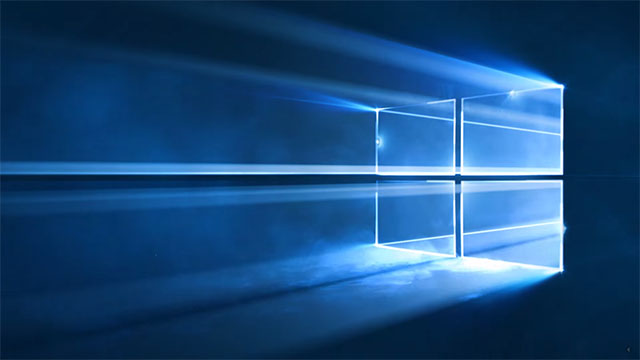Upgrading to Windows 10? Here is one common and very frustrating mistake to keep in mind.
Microsoft Windows 10 has gained plenty of market share since its first inception, both in enterprise and among consumers, especially those looking to move on from Windows 8. While Windows 10 has been described as the best Microsoft operating system, from a stability standpoint, as well as being more user-friendly than virtually any previous iteration, one of the main reasons for Windows 10 to spread so quickly, is the ability to upgrade to it from Windows 7 and Windows 8, at no charge.

The free upgrade program started immediately as Windows 10 was released, and while most users who took advantage of the program, were able to upgrade without problems, a number of consumers have complained of being unable to upgrade, especially after a fresh installation.
Upgrading to Windows 10 is a relatively simple process at its core:
When upgrading to Windows 10 from Windows 7 or Windows 8, the setup files are usually already downloaded for you via Windows Update, and ready to be used during the upgrade process, which can be started directly from Windows Update, or through the upgrade utility available from Microsoft.
When upgrading from a version of Windows that is already installed and activated, the process is almost automatic, however, things may get a little fuzzy when the upgrade process occurs through a complete reinstallation of the operating system, in such case, there are a few things to consider, in order to keep the process as simple as possible.
Getting the wrong Windows 10
Windows 10 comes is different versions, and with support for both 32-bit and 64-bit processors.
When attempting to install a 64-bit operating system on a 32-bit system, some obvious warning signs will follow, and they are pretty hard to miss, as there is really no way to continue the setup process. With that said, ensuring that the right version matches your CPU, will save quite a bit of time wasted while waiting for that error message to appear.
The really frustrating part comes when the wrong Windows 10 edition is used to upgrade an existing operating system. Typically, a user would take the time to create an installation media from a USB flash drive, with a Windows 10 image downloaded from Microsoft’s website. This process may take a bit of time, so it’s important to keep an eye out for the right version before getting too involved.
This becomes frustrating, as one could go all the way to a complete installation, and landing on a perfectly normal-looking desktop, with no idea that the version running on the system is the wrong one, until the time comes to activate Windows 10.
On most laptops, the Windows activation key is provided by the hardware itself, so if the right version of Windows 10 is installed, it will detect that key, and move on to the activation process automatically, with no need of user interaction.
Of course, while this happens in most cases, every laptop manufacturer is different, and this may or may not occur in all laptops. In such case, retrieving the activation key embedded in the device’s UEFI is relatively simple, by using a free utility called ShowKeyPlus, available on GitHub, which is capable of displaying all system information available in regard to Windows licensing, including the product ID, installed key, original key, the original Windows edition, and the OEM key.
If the activation process fails, and the user is absolutely sure of the authenticity of his existing Windows license, chances are that the wrong edition of Windows 10 has been installed. For instance, this could happen when trying to upgrade Windows 8 Home edition to Windows 10 Pro, The installation will go on without a problem, but the activation will not work, as it requires a key of a matching edition to upgrade. This which makes ShowKeyPlus a pretty handy tool to have, as it ensures that the user knows exactly the edition of Windows 10 that needs to be used to create the installation media for the upgrade.